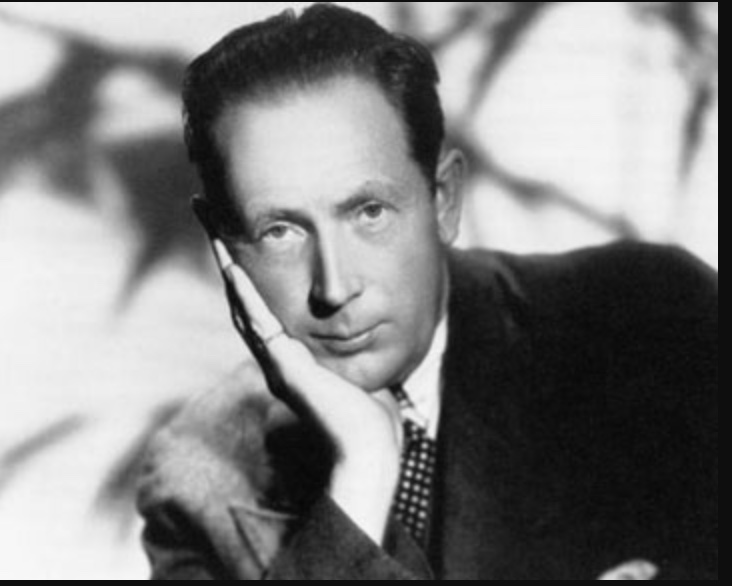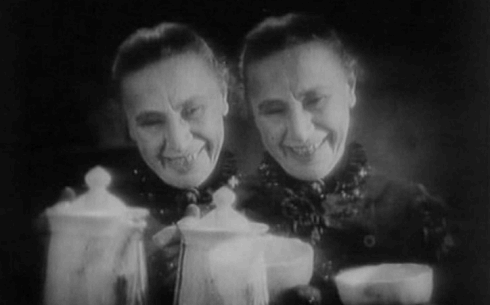THE DIRECTOR:
Friedrich Wilhelm Murnau was born December 28th, 1888. An openly gay German director, he is best known for his work on the film Sunrise, widely regarded as one of the greatest films ever made. Here’s a Roger Ebert review.
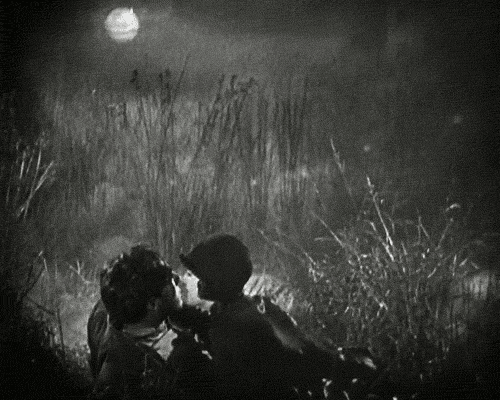
Sunrise
Murnau also became famous from his rendition of Nosferatu, ONE of the first adaptations of Bram Stoker’s Dracula (there were quite a few others). Although Nosferatu was a major success, Murnau was sued by Stoker’s widow over the copyright; he was ordered to destroy everything. Mrs. Stoker relentlessly burned all copies she could get her hands on. Fortunately, many copies had already been released to the public and the film survived.
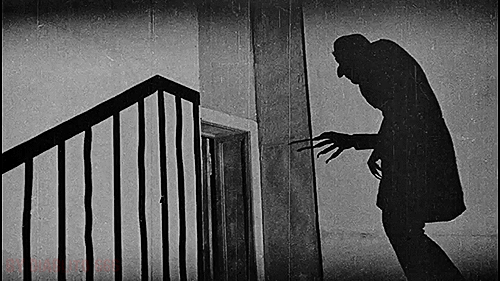
Nosferatu
ABOUT:
Murnau took the name ‘Murnau’ from the town he grew up in. At a young age, Murnau would stage plays in their villa. He studied art and history at the Universities of Berlin and Heidelberg. In 1908 he worked as an assistant to the famous stage director Max Reinhardt. Murnau’s films were influenced by playwrights like Shakespeare and Ibsen. He was known as a visionary director who explored creative camera angles.

Romeo and Juliet
A German pilot in WWI, Murnau served as a company commander and survived multiple plane crashes. On one of his flights he landed in Switzerland by accident and was held there for the remainder of the war. During his internment, Murnau was still allowed to stage plays and create films. At this time, most of his films contained supernatural elements, (which would later be seen in Nosferatu). Unfortunately many of these films have been lost.
Returning to Germany after WWI ended, Murnau created The Boy in Blue, rumored to be inspired by Thomas Gainsborough’s painting and Oscar Wilde’s The Picture of Dorian Gray.
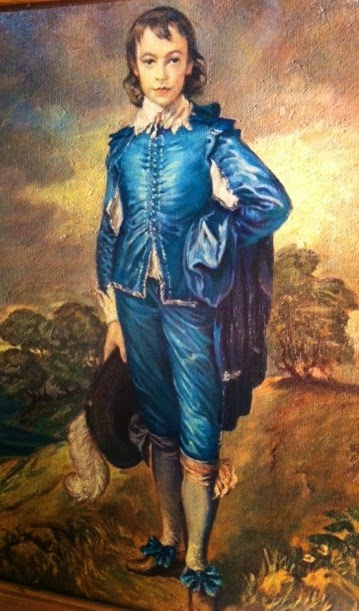
The Boy in Blue
In 1924, Murnau directed The Last Laugh. A beautiful film that established Murnau as a prominent director, The Last Laugh earned Murnau the nickname ‘The Great Impressionist.’ The Last Laugh tells the story of a proud German doorman who is demoted to washroom attendant.
Murnau’s final German film Faust boosted his reputation further, so much so that Hollywood reached out to him and offered him a contract. Based on the mythic tale of a man who sells his soul to the devil, Faust is known as the horror film of its time. Here’s a review.

Faust
In 1927 Murnau moved to the US to make Sunrise. Sunrise won the Best ‘Unique and Artistic Picture’ in the first Academy Awards in 1929. It is about a bittersweet love triangle. Although a beloved classic, and considered to be one of the best films in cinema history, it did not turn a profit for Hollywood; all Murnau’s later films were closely monitored.
Due to Murnau’s budget being cut and his creative control being limited, his next two films turned out poorly. Murnau was forced to change the ending of the first film (Four Devils). His next film (Our Daily Bread) was made into a partial talkie, which severely diminished his masterful silent sequences. Ending up quitting Hollywood and turning to independent filmmaking, Murnau made Tabu with documentary filmmaker Joseph Flaherty in the South Seas. However, before he could witness the release of Tabu, Murnau died in a car accident at the age of 42. The film went on to become a national success.
Watch F.W. Murnau’s gorgeous and innovative film Phantom (which he wrote the same year as Nosferatu) with Flicker Alley. The film can be ordered here.
If you’d like to learn more about Murnau, here are several interesting articles:
By Sage Mitchell-Sparke

